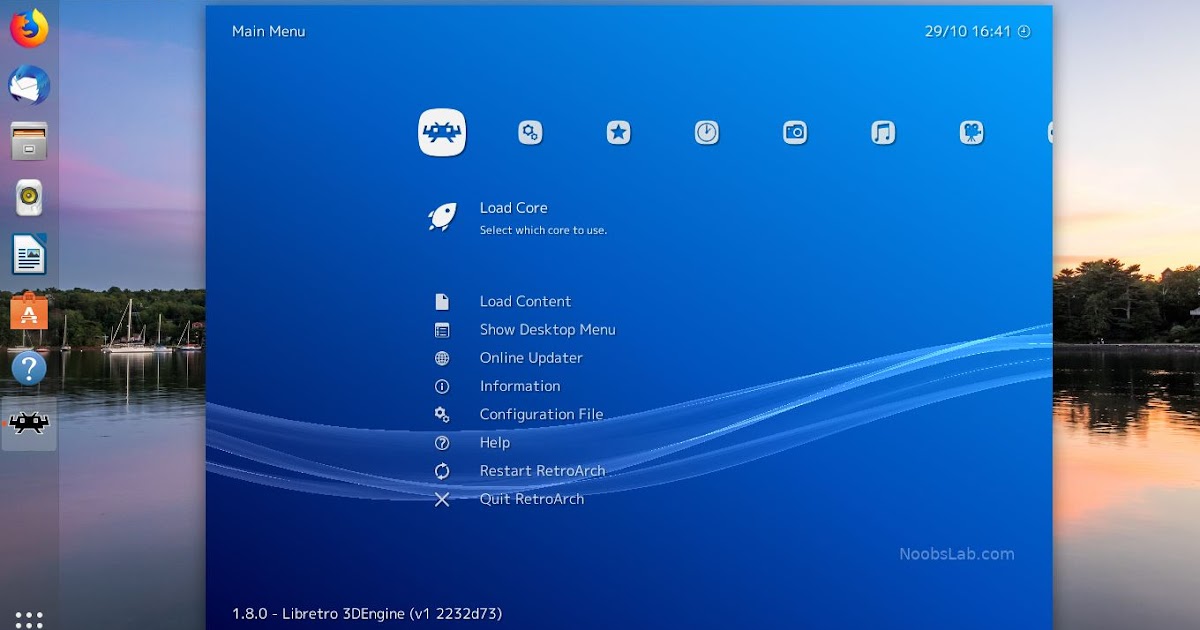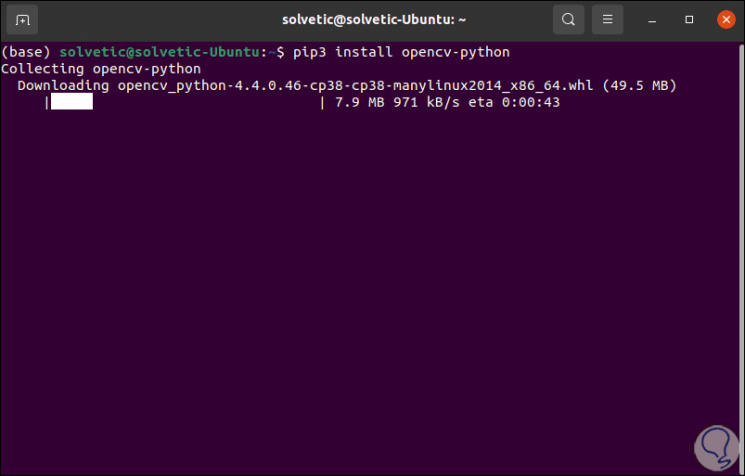
an implementation of a topological sort of a graph is directly provided in the new graphlib module. PEP 615, the IANA Time Zone Database, is now present in the standard library in the zoneinfo module. several standard library modules ( audioop, ast, grp, _hashlib, pwd, _posixsubprocess, random, select, struct, termios, zlib) are now using the stable ABI defined by PEP 384. several Python modules (_abc, audioop, _bz2, _codecs, _contextvars, _crypt, _functools, _json, _locale, math, operator, resource, time, _weakref) now use multiphase initialization as defined by PEP 489. garbage collection does not block resurrected objects. several Python builtins (range, tuple, set, frozenset, list, dict) are now sped up using PEP 590 vectorcall.  PEP 617, CPython now uses a new parser based on PEG. PEP 573, fast access to module state from methods of C extension types.
PEP 617, CPython now uses a new parser based on PEG. PEP 573, fast access to module state from methods of C extension types.  os.pidfd_open() added that allows process management without races and signals. PEP 593, flexible function and variable annotations. PEP 616, string methods to remove prefixes and suffixes. PEP 614, relaxed grammar restrictions on decorators.
os.pidfd_open() added that allows process management without races and signals. PEP 593, flexible function and variable annotations. PEP 616, string methods to remove prefixes and suffixes. PEP 614, relaxed grammar restrictions on decorators.  PEP 585, type hinting generics in standard collections. PEP 584, union operators added to dict. Python can be used for rapid prototyping or production-ready software development. Python can be used to handle big data and perform complex mathematics. Python can connect to database systems. Python can be used alongside software to create workflows. Python can be used on a server to create web applications. Python supports modules and packages, and one of the many is the popular PIP package manager. Python is famous for its simple, easy-to-learn syntax, emphasizes readability, and reduces program maintenance costs and more straightforward conversion to newer releases.
PEP 585, type hinting generics in standard collections. PEP 584, union operators added to dict. Python can be used for rapid prototyping or production-ready software development. Python can be used to handle big data and perform complex mathematics. Python can connect to database systems. Python can be used alongside software to create workflows. Python can be used on a server to create web applications. Python supports modules and packages, and one of the many is the popular PIP package manager. Python is famous for its simple, easy-to-learn syntax, emphasizes readability, and reduces program maintenance costs and more straightforward conversion to newer releases. 
Python is one of the most popular high-level languages, focusing on high-level and object-oriented applications from simple scrips to complex machine learning algorithms.












